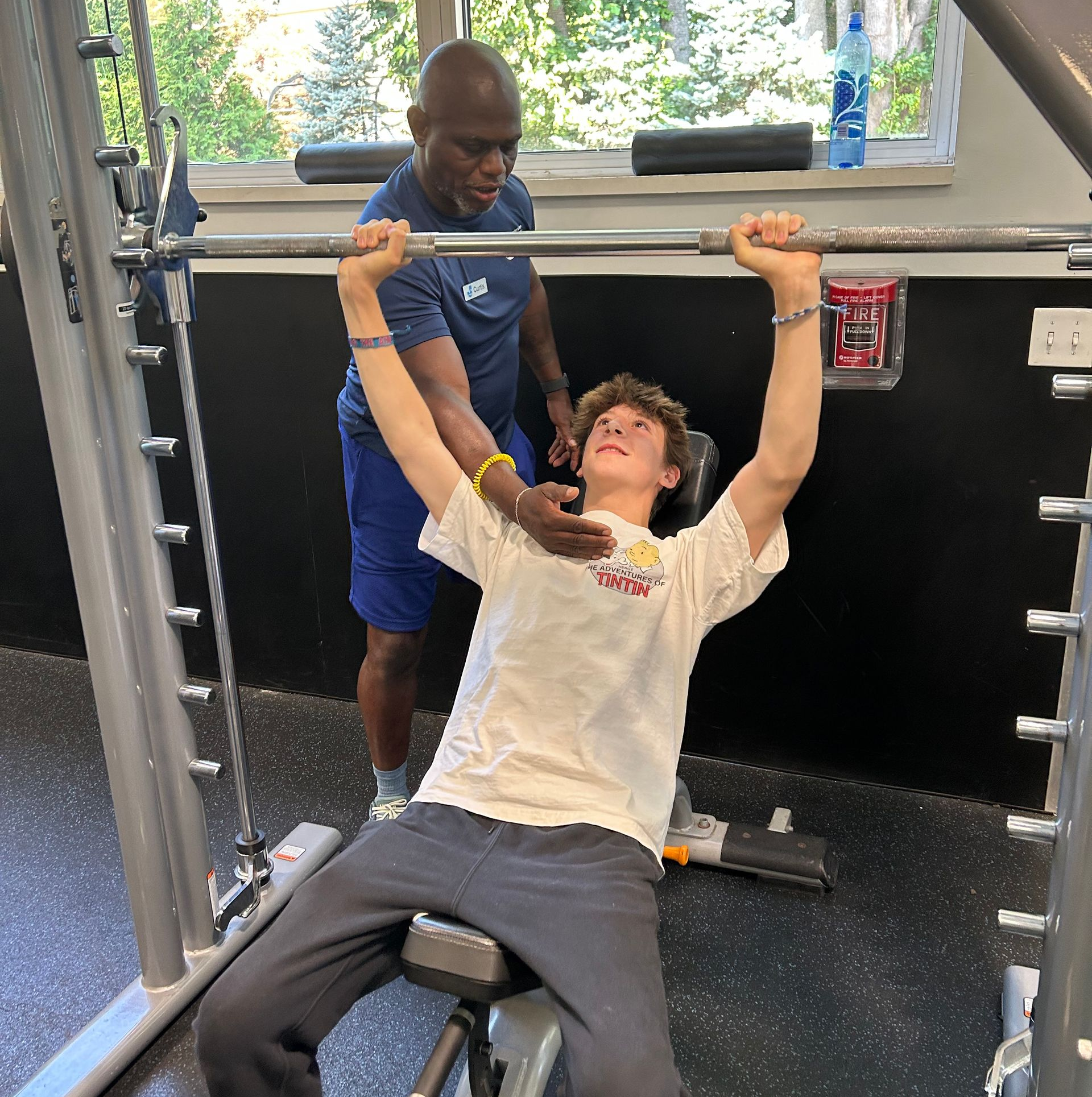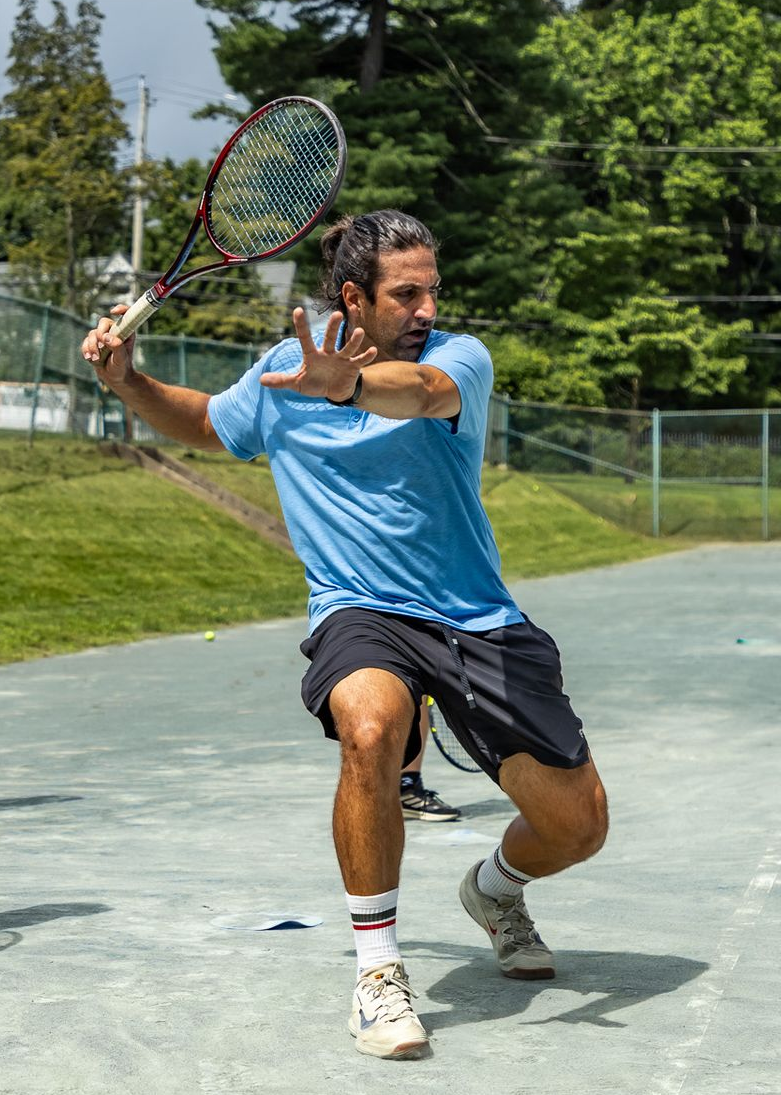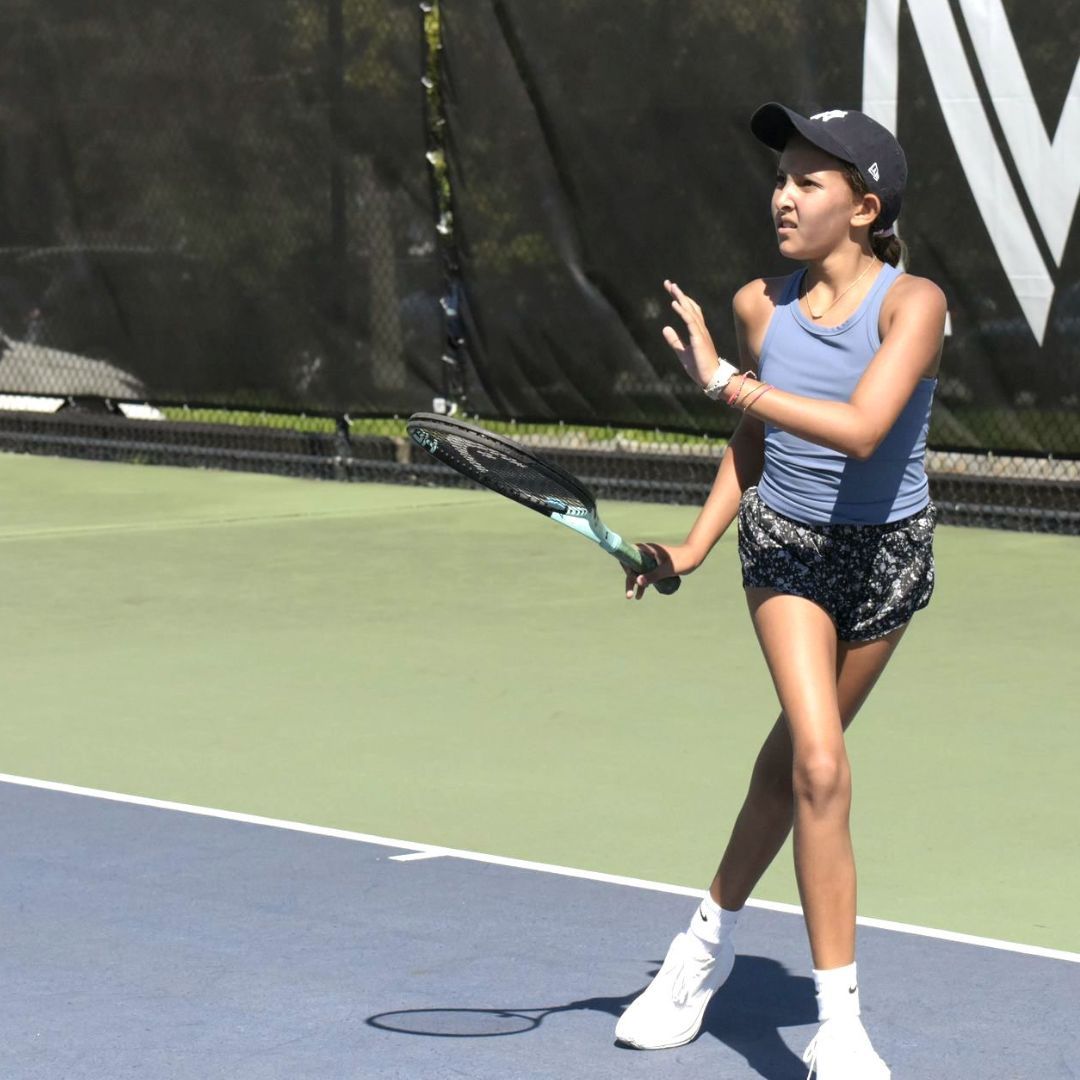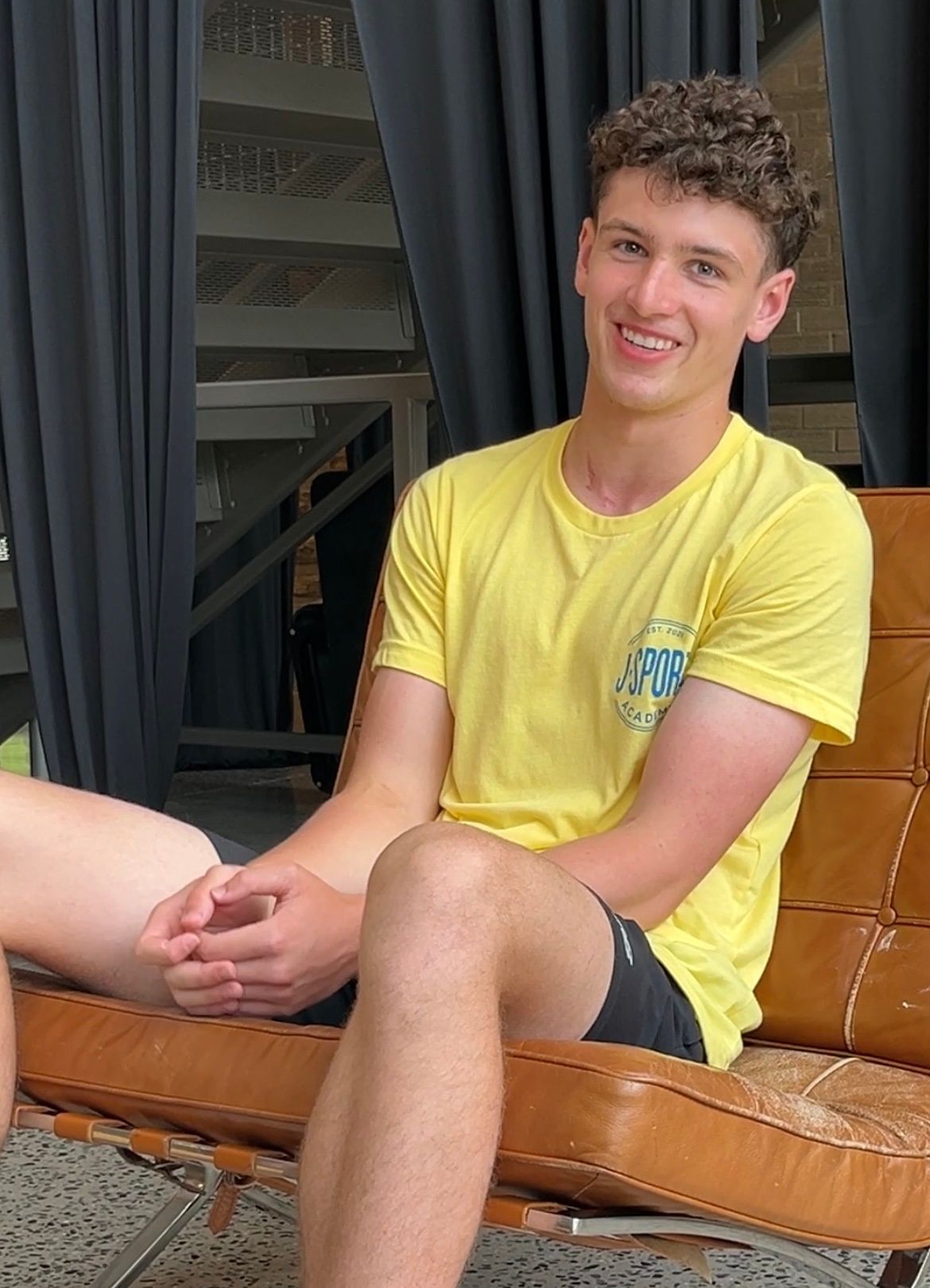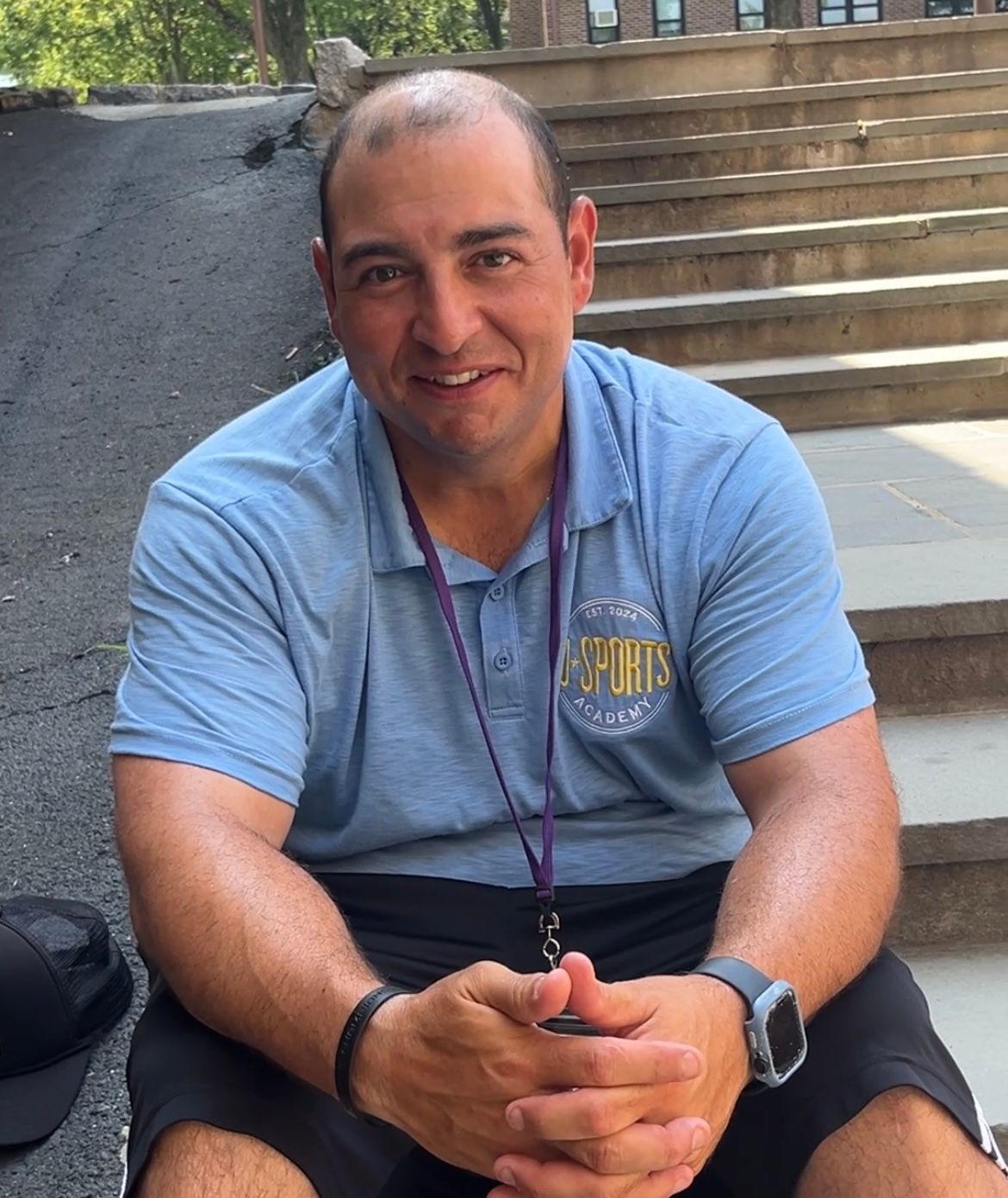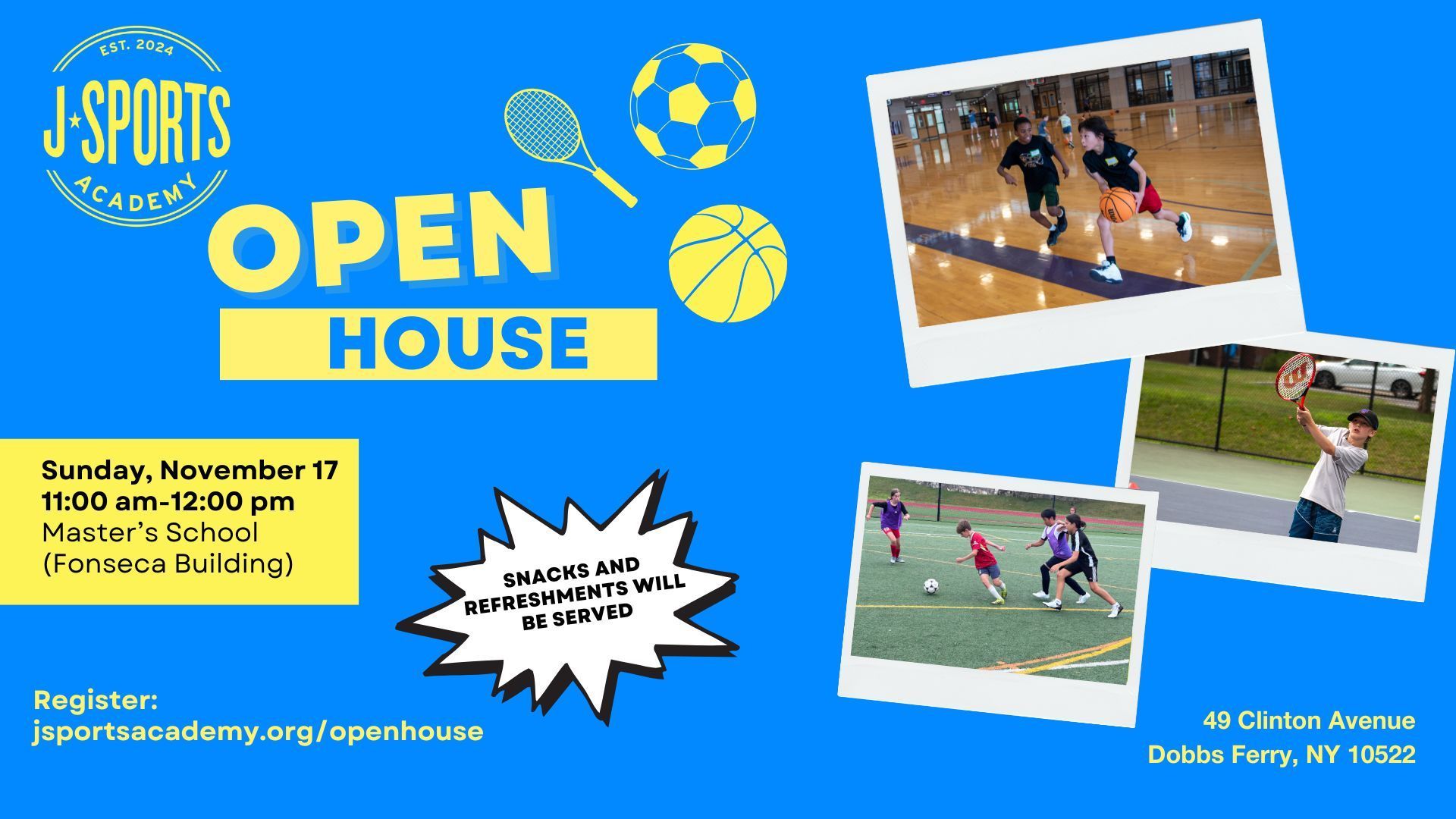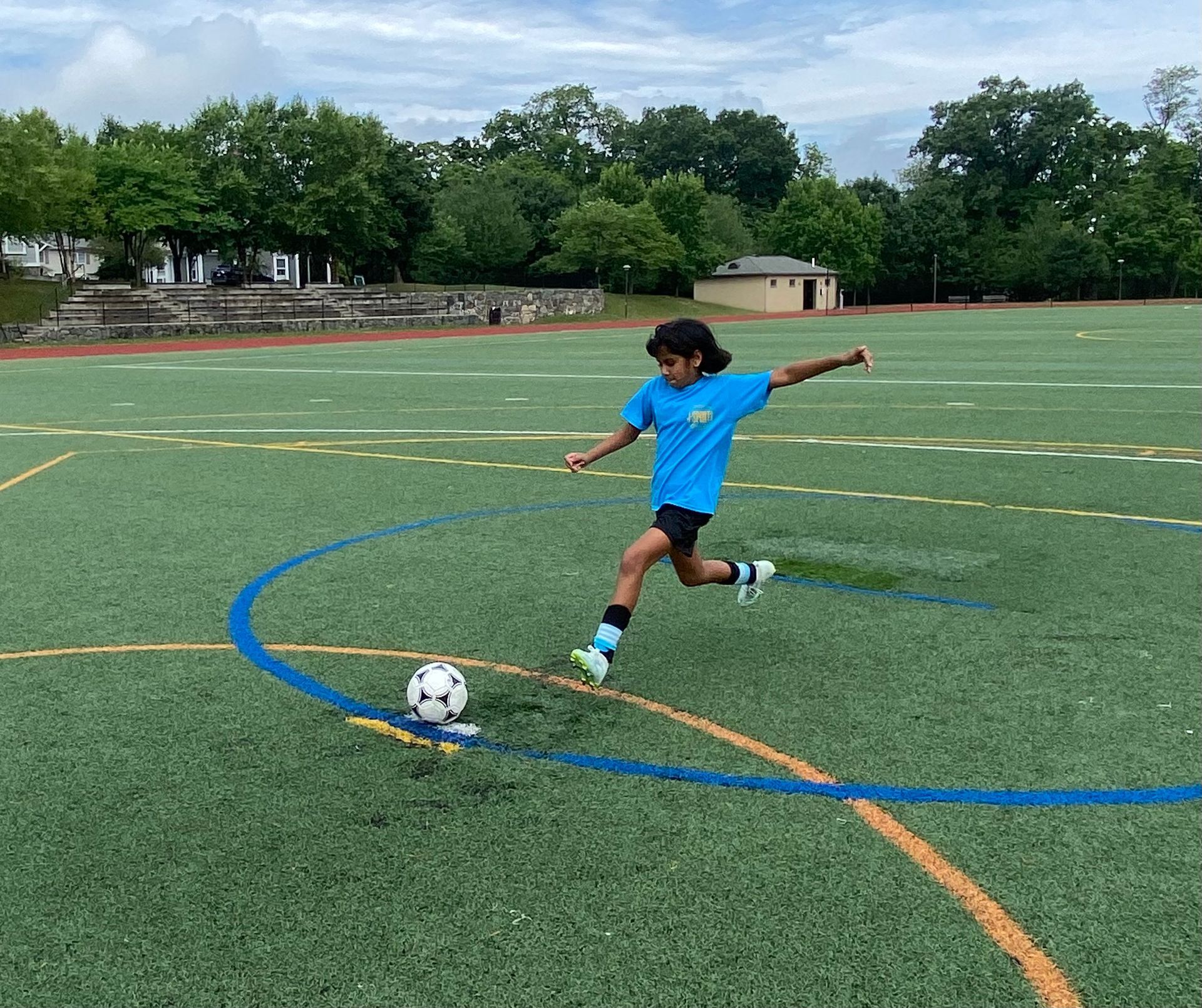Certified Personal Trainer Curtis Brown offers valuable advice to help young athletes kickstart their fitness and training journeys.
If you’re thinking about picking up a sport, or being more serious about the sport you’re already pursuing, I’m sure you’ve heard that you need to start training outside of practice. That seems easy enough, right? Lifting some weights, running on the treadmill, doing as many push-ups as possible; if only it were that easy! Getting started is the most important part of your training journey, since you’re learning what your abilities and limits are, how to care for your body while exercising, and how to avoid injuries.
Read on to learn some of my top tips and tricks!
Focus on technique first
When you’re new, it’s tempting to rush into heavier weights, faster times, or higher jumps, but mastering technique is the foundation for everything else. Proper form not only makes you more efficient but also prevents injuries that could set you back for months. Spend time learning correct movement patterns for your sport or exercises—whether that’s your running stride, squat depth, shooting mechanics, or swimming stroke. Think of it like building a house: if the foundation is crooked, the whole structure suffers later.
Be balanced, don’t just focus on one thing
It’s easy to get obsessed with one part of training, like only doing strength work. But your body needs a balance of strength, mobility, endurance, coordination, and sport-specific skills in order to perform. Cross-train, work on flexibility, and strengthen muscle groups that aren’t as naturally dominant for you. This keeps your body well-rounded and less prone to overuse injuries, while also improving your overall athletic ability.
Don’t train through pain
Discomfort (like heavy breathing or muscle burn) is normal, but sharp or lingering pain is your body’s way of saying that something’s wrong. Ignoring it might turn a small issue into a serious injury. If something hurts, stop, rest, and figure out the cause—sometimes it’s just bad form or needing a break. Learn to tell the difference between the discomfort of training and actual injury pain.
Don’t compare yourself to others
Everyone progresses at a different rate depending on genetics, experience, and training background. Comparing your performance to a teammate who’s been training for years is like comparing your first driving lesson to someone who’s been racing for a decade. The only meaningful comparison is to your own past self. Track your progress and aim to beat your best, not someone else’s.
Train consistently, but don’t overtrain
Progress comes from repeated, quality effort over time, not random bursts of intense training followed by long breaks. Consistency builds skills, strength, and endurance while helping your body adapt. But, overtraining leads to fatigue, plateaus, or injury. Follow a schedule that challenges you but also includes rest days and lighter sessions. Recovery is part of training; your muscles grow and your skills sharpen when you rest.


